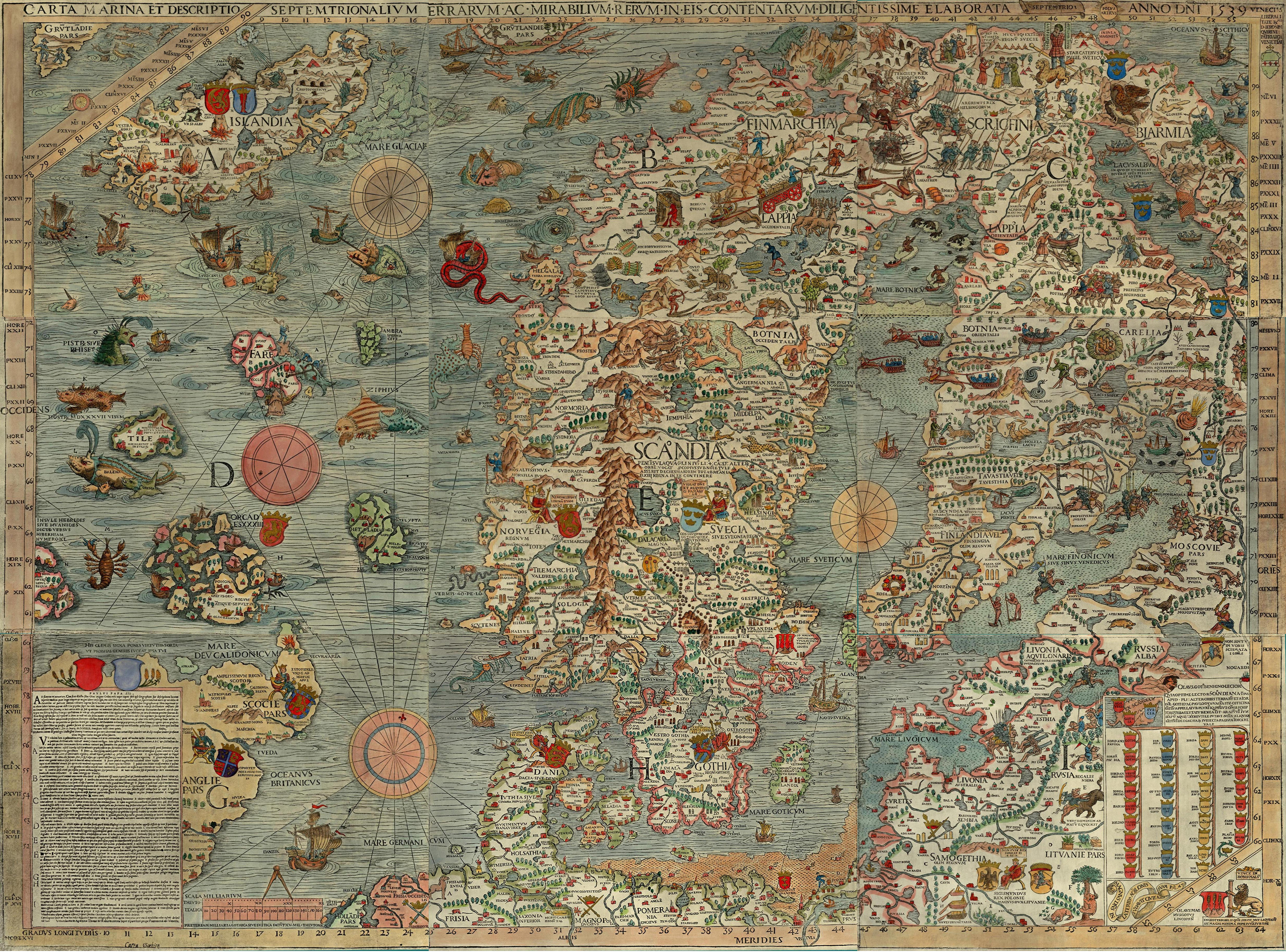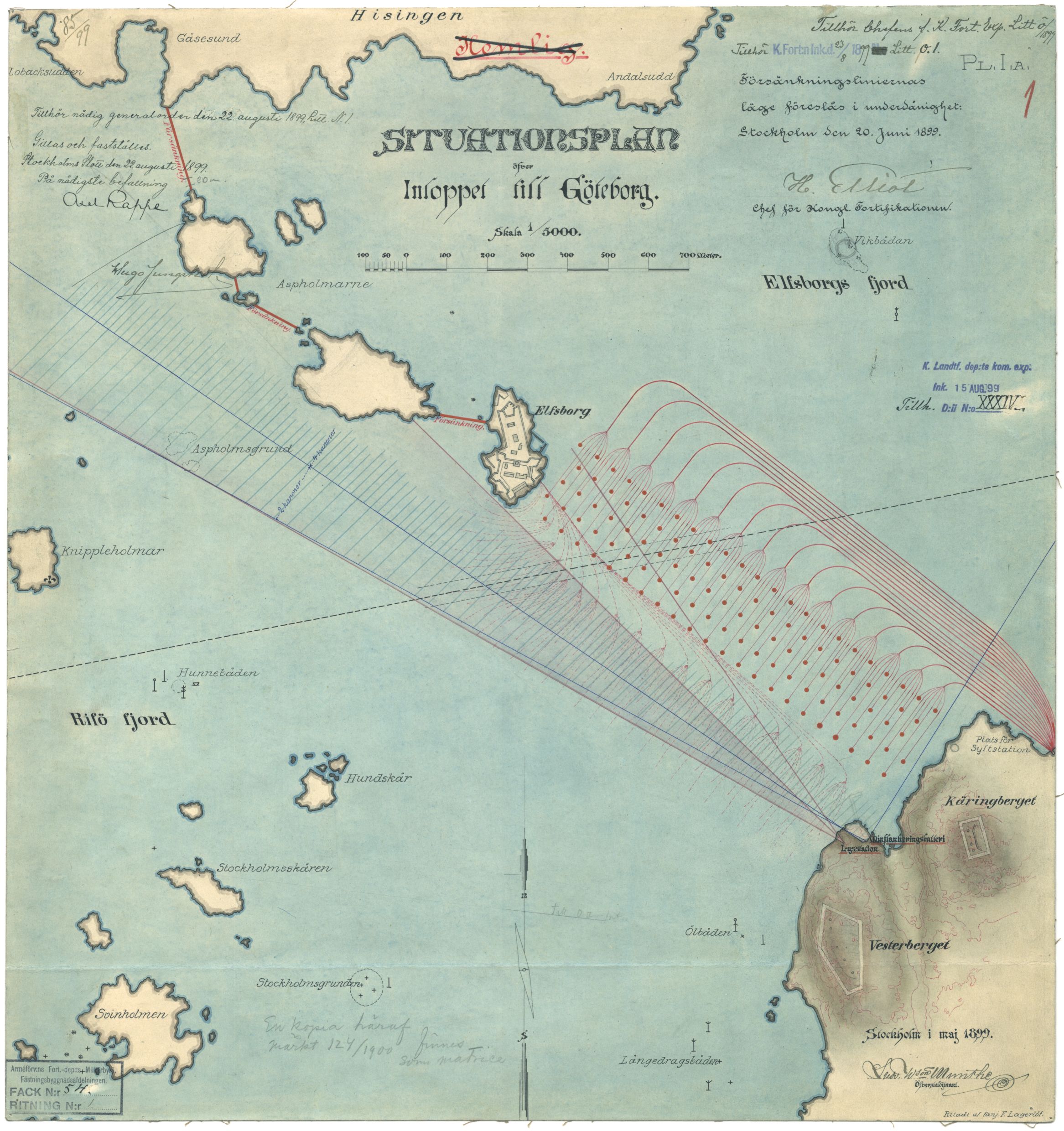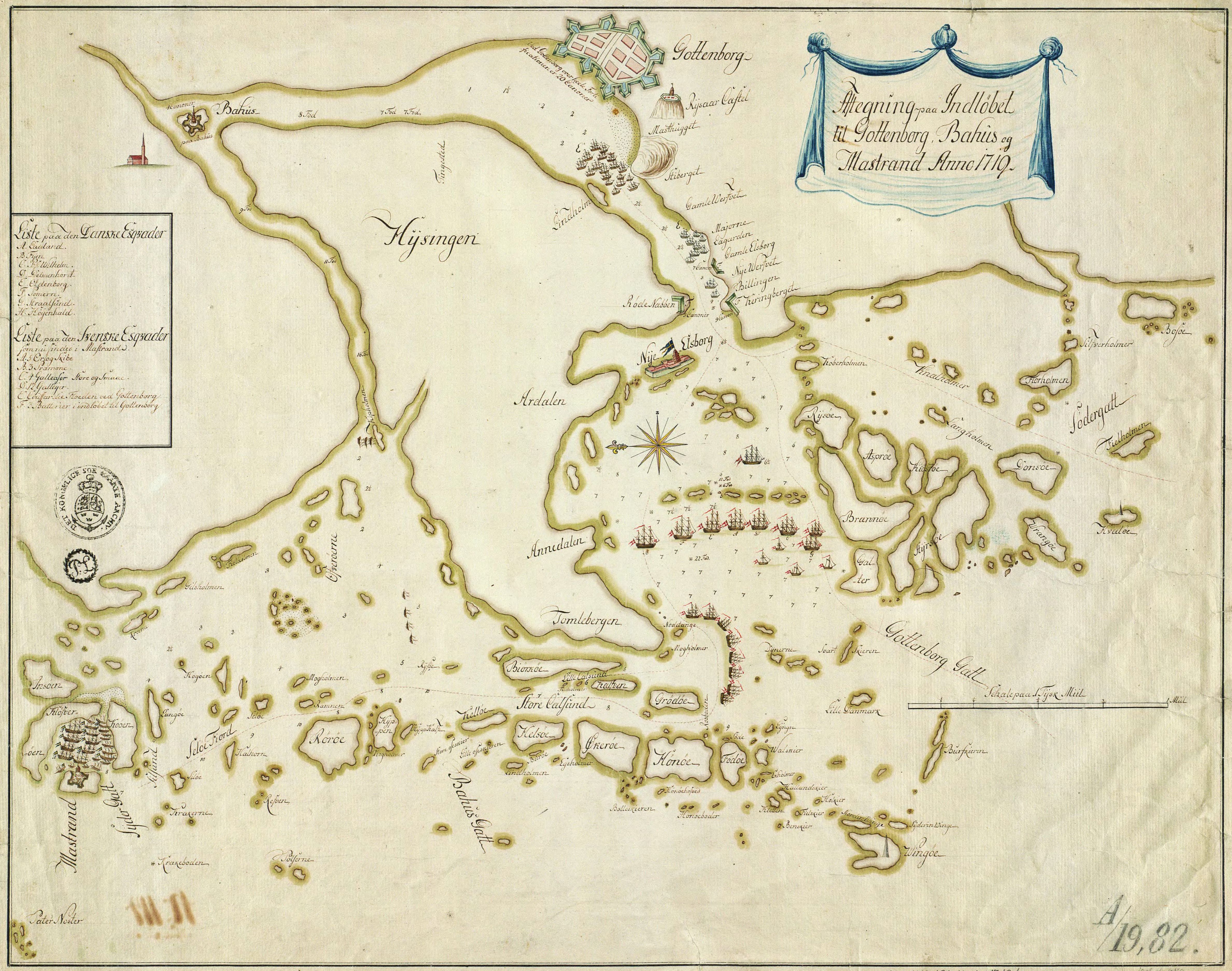|
Saxon Infantry Regiment
The Saxon Infantry Regiment () was a Swedish military unit which was formed in 1707 through conscription of Saxon prisoners of war, and consisted of 1152 soldiers when at its full strength. The regiment was commanded by J. B. Schommer from 1707 until 1716, when G. D. Zengerlein took command. The unit was transferred to Finland where it took place in a campaign in Ingria in 1708. The regiment also participated in the battles of Scania in 1710, the Norwegian campaigns of 1716 and 1718 until it was relocated to the Gothenburg area where it acted as the Gothenburg city garrison. While in Gothenburg, the regiment fought in the defense of Nya Älvsborg at Göta älv, as well as in the defense of Carlsten fortress at Marstrand Marstrand () is a seaside locality situated in Kungälv Municipality, Västra Götaland County, Sweden. It had 1,320 inhabitants in 2010. The town got its name from its location on the island of Marstrand. Despite its small population, for histo ... during ... [...More Info...] [...Related Items...] OR: [Wikipedia] [Google] [Baidu] |
Electorate Of Saxony
The Electorate of Saxony, also known as Electoral Saxony ( or ), was a territory of the Holy Roman Empire from 1356 to 1806 initially centred on Wittenberg that came to include areas around the cities of Dresden, Leipzig and Chemnitz. It was a major Holy Roman state, being an Prince-elector, electorate and the original protecting power of Protestant principalities until that role was later taken by its neighbor, Brandenburg-Prussia. In the Golden Bull of 1356, Emperor Charles IV, Holy Roman Emperor, Charles IV designated the Duchy of Saxe-Wittenberg an electorate, a territory whose ruler was one of the prince-electors who chose the Holy Roman emperor. After the extinction of the male Saxe-Wittenberg line of the House of Ascania in 1422, the duchy and the electorate passed to the House of Wettin. The electoral privilege was tied only to the Electoral Circle, specifically the territory of the former Duchy of Saxe-Wittenberg. In the 1485 Treaty of Leipzig, the Wettin noble house w ... [...More Info...] [...Related Items...] OR: [Wikipedia] [Google] [Baidu] |
Prisoner Of War
A prisoner of war (POW) is a person held captive by a belligerent power during or immediately after an armed conflict. The earliest recorded usage of the phrase "prisoner of war" dates back to 1610. Belligerents hold prisoners of war for a range of legitimate and illegitimate reasons. These may include isolating them from enemy combatants still in the field (releasing and Repatriation, repatriating them in an orderly manner after hostilities), demonstrating military victory, punishment, prosecution of war crimes, labour exploitation, recruiting or even conscripting them as combatants, extracting collecting military and political intelligence, and political or religious indoctrination. Ancient times For much of history, prisoners of war would often be slaughtered or enslaved. Early Roman gladiators could be prisoners of war, categorised according to their ethnic roots as Samnites, Thracians, and Gauls (''Galli''). Homer's ''Iliad'' describes Trojan and Greek soldiers offeri ... [...More Info...] [...Related Items...] OR: [Wikipedia] [Google] [Baidu] |
Ingria
Ingria (; ; ; ) is a historical region including, and adjacent to, what is now the city of Saint Petersburg in northwestern Russia. The region lies along the southeastern shore of the Gulf of Finland, bordered by Lake Ladoga on the Karelian Isthmus in the north and by the Narva river on the current international border with Estonia in the west. The earliest known inhabitants of the region were indigenous Finnic peoples, primarily the ancestors of modern Izhorians and Votians, who converted to Eastern Orthodox Christianity during the late Middle Ages. They were later joined by the Ingrian Finns, descendants of 17th century Lutheran Finnish immigrants. At that time, Ingria, the Karelian Isthmus, Estonia, and what is now Finland were all part of the Kingdom of Sweden. Ingria as a whole never formed a separate state; however, North Ingria was an independent state for just under two years in 1919–1920. The inhabitants of Ingria cannot be said to have comprised a distinct n ... [...More Info...] [...Related Items...] OR: [Wikipedia] [Google] [Baidu] |
Scania
Scania ( ), also known by its native name of Skåne (), is the southernmost of the historical provinces of Sweden, provinces () of Sweden. Located in the south tip of the geographical region of Götaland, the province is roughly conterminous with Skåne County, created in 1997. Like the other historical provinces of Sweden, Scania still features in colloquial speech and in cultural references, and can therefore not be regarded as an archaic concept. Within Scania there are 33 municipalities of Sweden, municipalities that are autonomous within the Skåne Regional Council. Scania's largest urban areas of Sweden, city, Malmö, is the third-largest city in Sweden, as well as the fifth-largest in Scandinavia. To the north, Scania borders the historical provinces of Halland and Småland, to the northeast Blekinge, to the east and south the Baltic Sea, and to the west Öresund. Since 2000, a road and railway bridge, the Öresund Bridge, bridges the Öresund, Sound and connects Scania ... [...More Info...] [...Related Items...] OR: [Wikipedia] [Google] [Baidu] |
Gothenburg
Gothenburg ( ; ) is the List of urban areas in Sweden by population, second-largest city in Sweden, after the capital Stockholm, and the fifth-largest in the Nordic countries. Situated by the Kattegat on the west coast of Sweden, it is the gubernatorial seat of Västra Götaland County, with a population of approximately 600,000 in the city proper and about 1.1 million inhabitants in Metropolitan Gothenburg, the metropolitan area. Gustavus Adolphus, King Gustavus Adolphus founded Gothenburg by royal charter in 1621 as a heavily fortified, primarily Dutch, trading colony. In addition to the generous privileges given to his Dutch allies during the ongoing Thirty Years' War, e.g. tax relaxation, he also attracted significant numbers of his German and Scottish allies to populate his only town on the western coast; this trading status was furthered by the founding of the Swedish East India Company. At a key strategic location at the mouth of the , where Scandinavia's largest dr ... [...More Info...] [...Related Items...] OR: [Wikipedia] [Google] [Baidu] |
Älvsborg Fortress
Älvsborg Fortress (), with its main facility Oscar II's Fort () built 1899–1907, is a now-defunct Swedish fortification located at the mouth of the Göta River in the Älvsborg district of Gothenburg, Sweden. History Construction of the fortress began in 1899 and was completed in modern condition in 1907. In 1904 the name Älvsborg Fortress was given to the new coastal fortress at the mouth of the Göta River, whose strongest fortification, Oscar II's Fort, started construction in 1899 on Västerberget. The fortress, whose task, like previous fortresses, was to secure both Gothenburg and the Port of Gothenburg and the Swedish Navy's rallying point there against attacks from the sea, was in 1907 equipped with new modern artillery guns. The main body of the fortress consisted of two 24 cm guns model of 1904 mounted on disappearing carriages and some 15 cm gun turrets and other light guns. The fort, which is immersed in the basement, encompasses space for 300 people and consi ... [...More Info...] [...Related Items...] OR: [Wikipedia] [Google] [Baidu] |
Göta älv
The (; "River of (the) Geats") is a river that drains lake Vänern into the Kattegat, at the city of Gothenburg, on the western coast of Sweden. It was formed at the end of the last glaciation, as an outflow channel from the Baltic Ice Lake to the Atlantic Ocean and nowadays it has the largest drainage basin in Scandinavia. The is located in Götaland, with the river itself being a site of early Geatish settlement. Its length is . The Bohus Fortress is located by the river at Kungälv. There the river splits into two, with the northern part being the Nordre älv and the southern part keeping the name ; the two arms of the river enclose the island of Hisingen. At Trollhättan there is a dam, canal locks and a hydropower station in the river. The locks make the river navigable, even for large cargo vessels ( long). The artificial parts are called Trollhätte Canal. The river and the canal is part of a mostly inland waterway, Göta Canal, which spans the width of Sweden to th ... [...More Info...] [...Related Items...] OR: [Wikipedia] [Google] [Baidu] |
Carlsten
Carlsten () is a stone fortress located at Marstrand, on the western coast of Sweden. The fortress was built on the orders of King Charles X of Sweden, Carl X of Sweden following the Treaty of Roskilde, 1658 to protect the newly acquired province of Bohuslän from hostile attacks. The site of Marstrand was chosen because of its location and its access to an ice free port. The fortress was decommissioned as a permanent defense installation in 1882, but remained in military use until the early 1990s. History After peace in Roskilde in 1658, Bohuslän and thus Marstrand became Swedish. The city has long been a major trading place. Since the harbor almost never freezes, part of the Swedish Navy was stationed here. To defend Marstrand, Karl X Gustav decided to build a fortress on the island. On July 23, 1677, after an Battle of Marstrand , attack on the fortifications in Marstrand, Carlsten was conquered by Ulrik Frederik Gyldenløve, the Denmark, Danish military commander in Norw ... [...More Info...] [...Related Items...] OR: [Wikipedia] [Google] [Baidu] |
Marstrand
Marstrand () is a seaside locality situated in Kungälv Municipality, Västra Götaland County, Sweden. It had 1,320 inhabitants in 2010. The town got its name from its location on the island of Marstrand. Despite its small population, for historical reasons Marstrand is often referred to as a ''city''. The city had free port status, which was declared by King Gustav III, from 1775 to 1794. Religious liberty established by the same sovereign allowed an early Swedish congregation of Jews to be established there in 1775 and one of Scandinavia's first synagogues was set up in Fort Fredriksborg in 1780, making the village a notable site to the history of the Jews in Sweden. Following the abolishment of the free port status and the decline of herring fishing, Marstrand established itself as a seaside resort in the 19th century. Important annual sporting events held in Marstrand include the Stena Match Cup Sweden and Marstrand Regatta. Marstrand is known as a playground for c ... [...More Info...] [...Related Items...] OR: [Wikipedia] [Google] [Baidu] |
Attack On Marstrand
The Attack on Marstrand was a successful Dano-Norwegian siege of the Swedish town of Marstrand and Carlsten fortress which took place between July 10 and July 16, 1719 during the end of the Great Northern War. After a Dano-Norwegian assault on northern Bohuslän, ships under the command of Peter Tordenskjold attacked the Swedes at Marstrand harbor and the immobile ships of the Swedish Gothenburg Fleet. The Danes subsequently attacked Carlsten fortress, whose garrison surrendered swiftly, partly because of psychological warfare. The commander of the fortress, Colonel Henrich Danckwardt, was later sentenced to death by a Swedish court-martial for abandoning the fort while it was still deemed defensible. The surrender of Carlsten fortress in 1719 is still surrounded by myths and legends. Background After the death of Charles XII of Sweden on November 30, 1718 at Fredriksten fortress in Norway, the Swedish army marched back across the border to Sweden. The Great Northern War ... [...More Info...] [...Related Items...] OR: [Wikipedia] [Google] [Baidu] |
Infantry Regiments Of Sweden
Infantry, or infantryman are a type of soldier who specialize in ground combat, typically fighting dismounted. Historically the term was used to describe foot soldiers, i.e. those who march and fight on foot. In modern usage, the term broadly encompasses a wide variety of subspecialties, including light infantry, irregular infantry, heavy infantry, mountain infantry, motorized infantry, mechanized infantry, Airborne forces, airborne infantry, Air assault, air assault infantry, and Marines, naval infantry. Other subtypes of infantry, such as line infantry and mounted infantry, were once commonplace but fell out of favor in the 1800s with the invention of more accurate and powerful weapons. Etymology and terminology In English, use of the term ''infantry'' began about the 1570s, describing soldiers who march and fight on foot. The word derives from Middle French , from older Italian (also Spanish) ''infanteria'' (foot soldiers too inexperienced for cavalry), from Latin '' ... [...More Info...] [...Related Items...] OR: [Wikipedia] [Google] [Baidu] |
Military Units And Formations Established In 1707
A military, also known collectively as armed forces, is a heavily armed, highly organized force primarily intended for warfare. Militaries are typically authorized and maintained by a sovereign state, with their members identifiable by a distinct military uniform. They may consist of one or more military branches such as an army, navy, air force, space force, marines, or coast guard. The main task of a military is usually defined as defence of their state and its interests against external armed threats. In broad usage, the terms "armed forces" and "military" are often synonymous, although in technical usage a distinction is sometimes made in which a country's armed forces may include other paramilitary forces such as armed police. Beyond warfare, the military may be employed in additional sanctioned and non-sanctioned functions within the state, including internal security threats, crowd control, promotion of political agendas, emergency services and reconstructi ... [...More Info...] [...Related Items...] OR: [Wikipedia] [Google] [Baidu] |







